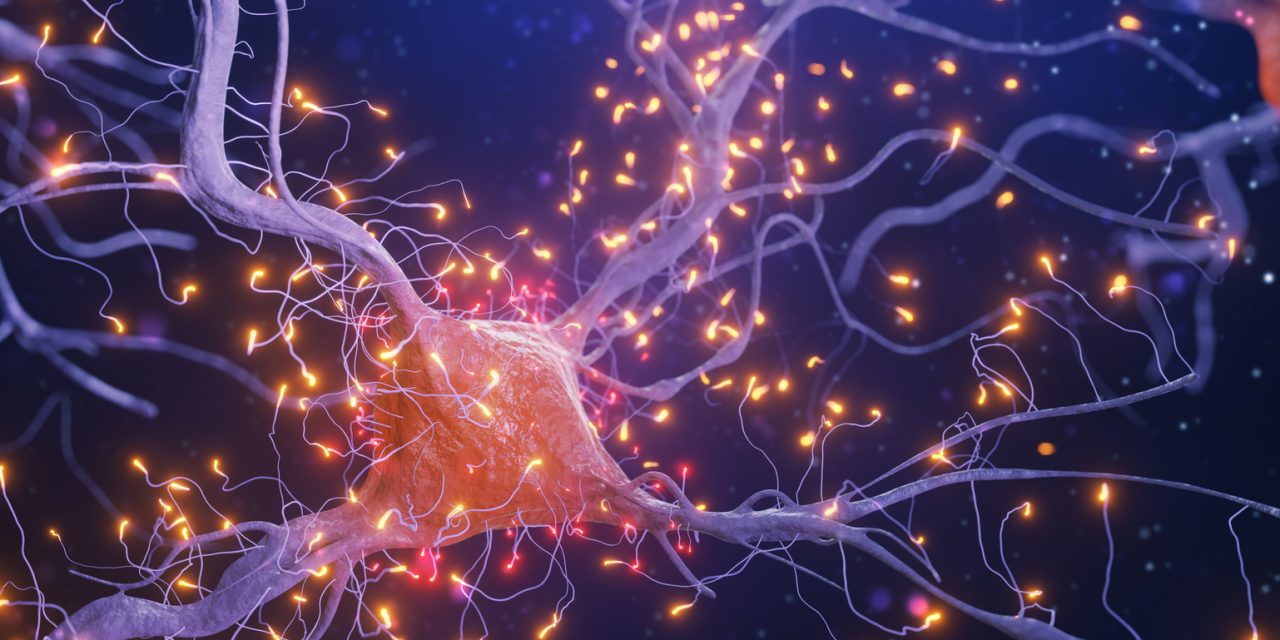During development, individual neurons extend highly branched arbors that innervate the surrounding territory, enabling the formation of appropriate synaptic connections. The clustered protocadherins (cPCDH), a family of diverse cell-surface homophilic proteins, provide each neuron with a cell specific identity required for distinguishing between self versus non-self. While only 52 unique cPcdh isoforms are encoded in the human genome, a combination of stochastic promoter choice and the formation of a protein lattice through engagement of adjacent cPCDH protein cis/trans-tetramers confer the high degree of cellular specificity required for self-recognition. Studies of mice bearing deletions of individual cPcdh gene clustees have identified deficits in circuit formation and behavior. In humans, single nucleotide variants scattered across the cPCDH locus have been identified, which associate with multiple neurodevelopmental disorders, including autism and schizophrenia. To advance our understanding of cPCDH stochastic choice and maintenance, function across cell types, and contribution to neuropsychiatric disease pathogenesis, hiPSC-based models have been developed. Ultimately, integration of human genetic data, biochemical assays, and functional studies is needed to uncover the mechanism underlying neurite repulsion, which has been implicated in neurodevelopmental disorders.Copyright © 2020 Elsevier Ltd. All rights reserved.
The role of clustered protocadherins in neurodevelopment and neuropsychiatric diseases.


